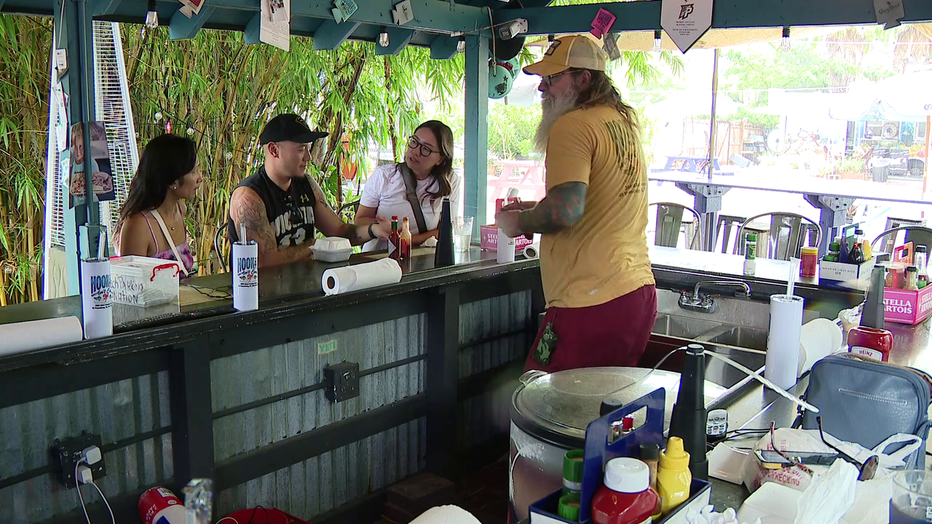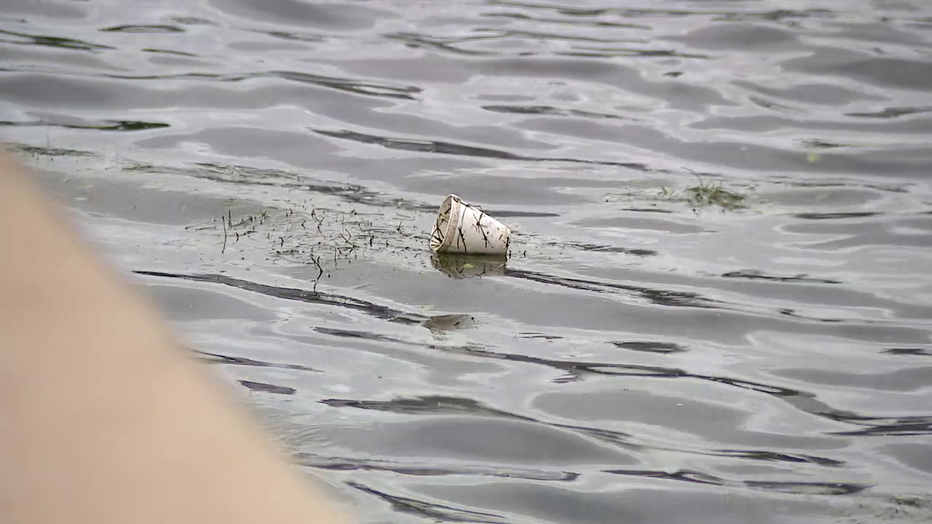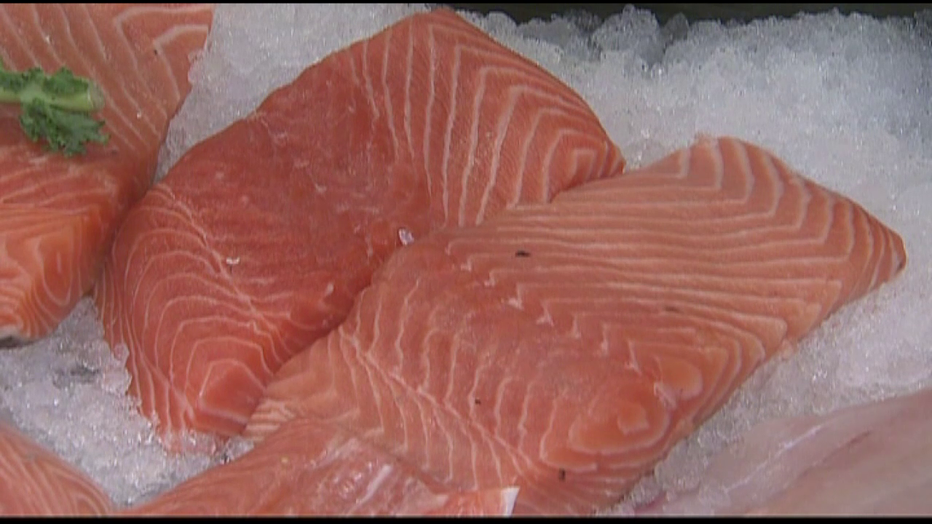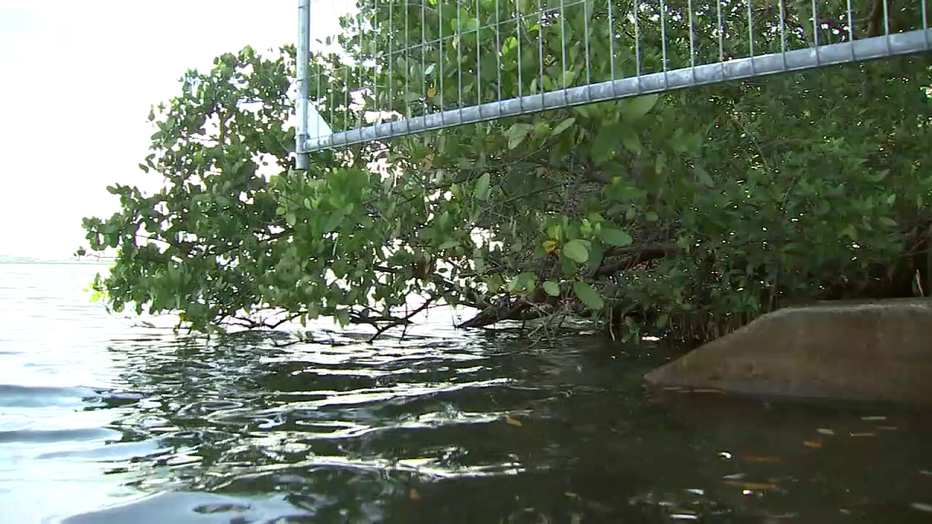USF researchers studying impact of 'forever chemicals' on fish in Tampa Bay
USF studying PFAS and Tampa Bay fish
Researchers at USF are doing a deep dive into so-called "forever chemicals" in the Tampa Bay and how they could be harming fish.
TAMPA, Fla. - As people visit and move to the Tampa Bay area because of its fishing opportunities and the water, scientists at the University of South Florida are looking into forever chemicals in the bay and how they are impacting fish.
Tampa Bay area born and raised Matthew Neumann made fishing his business.
"I run charters. I commercial fish, I stone crab and blue crab and work the bar here," said Matthew Neumann, the owner of Hookin’ Ain’t Easy Seafood Company in St. Pete.

He said the fishing now, particularly around Tampa Bay, isn’t the same as years past.
"There’s a lot of fish, like redfish and trout and sometimes mullet where the meat changes inside, and we’ve noticed that as fishermen," said Neumann.
Marine scientists are seeing changes too. USF St. Petersburg College of Marine Science professor and researcher Steven Murawski is conducting a study on chemicals in the Tampa Bay. He said they originally started working on chemicals of emerging concern or CECs back in 2020 through a grant from the Tampa Bay Estuary Program to look at PFAS, pharmaceuticals, microplastics and pesticides in the water.

"We did a pilot study looking at sediments and fish in the bay, and we found very significant levels in some of the fishes," said Murawski of the 2020 study. "Based on that pilot study, we expanded that to really concentrate on the fishes that, actually, people eat."
The new study began in 2023, and Murawski said he shared Thursday with the Tampa Bay Regional Planning Council how testing has found higher levels of PFAS, or "forever chemicals," in the water, sediment and some fish in the Tampa Bay.
"The new EPA drinking water standards for PFAS chemicals and these are these fluoridated carbon compounds are about four parts per trillion. And in some of the fishes we got up to 30,000 parts per trillion," said Murawski.
READ: Boar's Head will close plant linked to listeria recall; will stop making liverwurst
PFAS can be harmful and don’t break down in the environment, and people are exposed to them every day through things like nonstick cookware and fabric treatments.
"These are public safety issues, and we don’t want to be fearmongers," said Murawski.
So Murawski’s focusing on the fish people eat and how much is too much.

"Our target species are spotted sea trout, snook, redfish and sheepshead, which are the top four recreationally caught species in Tampa Bay," he said.
The Tampa Bay Estuary Program is working with USF to find the source.
"I think my main concern is that we, now that we know better, we can do better," said Maya Burke, the assistant director of the Tampa Bay Estuary program.

Keeping the fish healthy is the goal.
"I think risk is something that everyone has to measure individually. But I guess my perspective on it is fish are a really healthy protein. They're part of a good diet," said Burke. "And when you think about all of the ways you might be exposed to PFAS sitting on your couch, cooking your food, all of these things, I would say that enjoying something you caught or recreating in the bay is probably not your primary exposure source to these chemicals."
What comes from studies about the water matters to fishermen like Neumann.
READ: Hillsborough County homeowners concerned next storm will cause more flooding
"It’s all concerning to me. I make my living off the water, so everything we can do to make the water more better here in Tampa Bay is not only going to help me, but it’s going to help my children and generations to come," said Neumann.
Tampa Bay Estuary said there are no standards of fish tissue in Florida, so this study could help figure out if that’s something to consider. The study started last year and will last until 2028.
STAY CONNECTED WITH FOX 13 TAMPA BAY:
- Download the FOX Local app for your smart TV
- Download the FOX 13 News app for breaking news alerts, latest headlines
- Download the SkyTower Radar app
- Sign up for FOX 13’s daily newsletter

